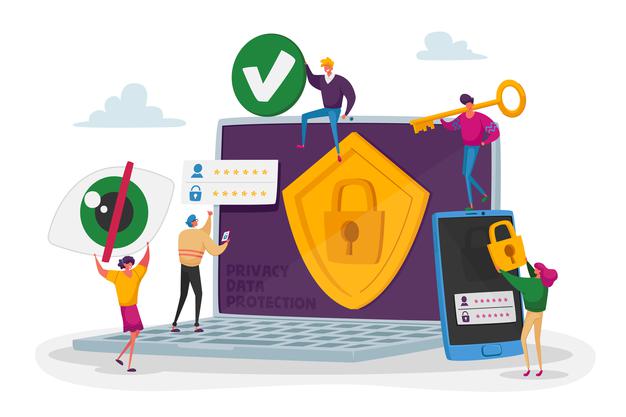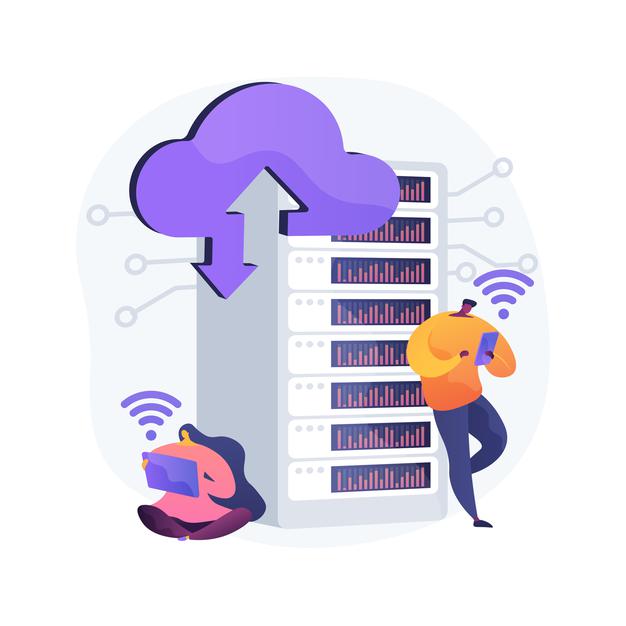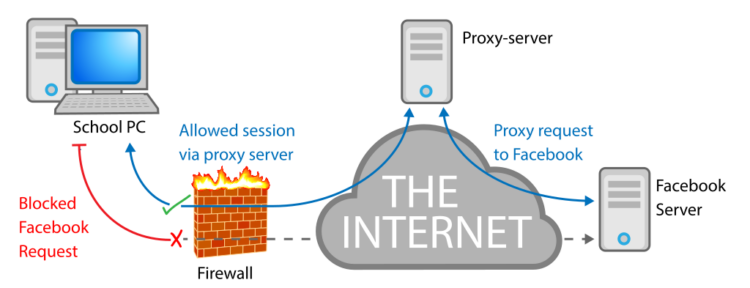Back in 2003, the Government of India established the popular Indian Computer Emergency Response Team (CERT-IN), to ensure Internet security. The CERT-IN started reviewing countless requests (from HTTP and other protocols) in order to block Indians from accessing specific global websites.
Table of Contents
The regulation, although it came out with good intentions, soon began to push Indian people away from the open Internet

In 2019, the Indian official government demanded Facebook, Twitter, TikTok, and WhatsApp to remove content (including posts, images, and videos) claiming to be an invasion of privacy. Additionally, people also complained about sudden blocks from popular sites like Telegram or Reddit.
Later in June 2024, things escalated [source]. India banned many Chinese Internet web apps and sites, including TikTok, WeChat, and many other popular applications. Censorship and politics started dividing the global internet.
During the same year, there were many complaints from Indian Internet users about VPN and proxies blocks. People knew how to bypass network regulations, but the Indian IP intelligence was outsmarting them.
How could this happen?
Using a Proxy Server the Right Way?
First things first… what is a proxy?
A proxy server is a node (virtual, box, or software) that aims to simplify distributed networks by centralizing requests and responses. The most popular use case of proxy centralization has always been to separate an internal network from risky public networks like the Internet, or vice versa to protect an Internet-facing web server from the rest of the Internet. Whatever the case, a proxy helps improve internal network security, control Internet usage, bypass network restriction, and censorship, and ensure Internet anonymity.
So, in many ways, a proxy is just the technology. How and for what intentions is being used, is another story
The diagram below shows an example of a proxy server in action. This proxy-server is helping bypass a social media restriction from the school’s PC.
Without a proxy (red line): The School PC opens a Facebook page on its PC (sends out an HTTPS request to Facebook). Before going out to the Internet, the School’s Firewall intercepts the request, checks its filtering rules, and quickly blocks such requests. Such firewalls not only protect the school’s internal network (from hackers) but also block inbound traffic (students wanting to access social media).
With a proxy (blue line): The same scenario, but now, there is a proxy somewhere on the Internet (not on the internal network). The school PC sends out the same HTTPS Facebook request, but now the School’s PC is connected to a proxy, so the Firewall allows the connection. The reason why the school’s firewall is allowing inbound traffic to a proxy is that the firewall doesn’t know about the proxy (its IP or domain name)— in other words, the firewall’s filtering rules are not configured to block a connection to Proxy-server.
How can a proxy help you, if it is located outside India in an offshore place?
- Proxies work at the application level (i.e web browser). Back to the example above. Bear in mind that the school PC’s HTTPS request is for the FB server and not for the proxy… AND the firewall is blocking FB’s IP and not FB’s HTTP request. Not all firewalls are capable of inspecting traffic at layer 7 (HTTPS), so it can’t spot FB requests. The PC’s web browser (configured with a proxy IP) sends the FB HTTP request to the proxy. The job of the proxy is just to forward the request and in some cases mask the source IP.
- The proxy is lending you its IP address (online identity) to exit the Internet. So the destination (in this case Facebook) will see the request coming from the Proxy’s IP, and not yours. Depending on the proxy’s anonymity-level (transparent, anonymous, or elite), the source IP will be hidden. Using the identity of the proxy and not yours is a great way to protect your anonymity while surfing the web.
Recommendations to use a Proxy from (and to) India?

First, if you are inside India and trying to get out to the normal Internet, you would need an offshore anonymous proxy server, for example, a proxy in the US, France, or the Netherlands. Having a geo-diverse IP server will help bypass local Internet restrictions and will even grant you access to content tailored for those specific countries.
There might be also the case where someone from outside would want to access Indian networks, via a proxy located on Indian ground. An Indian-based proxy can help research Indian markets, buying flights from India, or even accessing Netflix’s Bollywood content.
When accessing an offshore proxy from an internal Indian network, remember the following:

- Proxies don’t encrypt traffic. As our example from the school’s PC, if someone in the IT room would put a packet sniffer or inspect the traffic at layer 7, they might be able to find someone connecting to social media. When using a proxy, always encrypt traffic. For example, use HTTPS, SFTP, or SSL to encrypt traffic at layer 7, so nobody from the same network, ISP, or even the proxy itself, can figure out the contents of the traffic. But, to create a full end-to-end encryption tunnel (at layer 3) use a VPN.
- Stay away from free and public proxies. Although free proxies are wonderful because you don’t need to put out your wallet and can connect right away, there are many downsides to this model. Free and open proxy service providers need to make a profit from the service, otherwise, they wouldn’t be sustainable. Free proxies make money from either, showing you tons of ads, collecting and selling your data to marketing or surveillance agencies, or worst of all, for trapping and infecting your computer.
- Residential proxies use other people’s bandwidth. If you downloaded a free VPN or software, your IP and bandwidth might be being used by a million-sized worldwide residential proxy service. These IPs are often used as Internet exit nodes without the knowledge of the real owner. Unknowingly victims (around the world) download free software containing bloatware or Malware which makes the victim a peer in the residential proxy network… and in some cases a part of a botnet.
Final Words
Although the Indian CERT-IN is doing a wonderful job protecting Indian’s communication and information infrastructure, there have been so many complaints from Indian people unable to access legitimate web apps like TikTok, WeChat, or even Reddit.
Proxies are great solutions to put back the already fragmented Internet— to bypass censorships and network restrictions and to even go beyond unblocking geo-restricted content from other countries and even researching markets.
IPv6 proxies (such as Rapidseedbox) are affordable datacenter proxy servers. IPv6 proxies are undetectable because they work with fresh, unused, and unbanned IPv6 addresses. These proxies can hide your real IP address, disguising your geographic location, and allowing you to access blocked websites.


